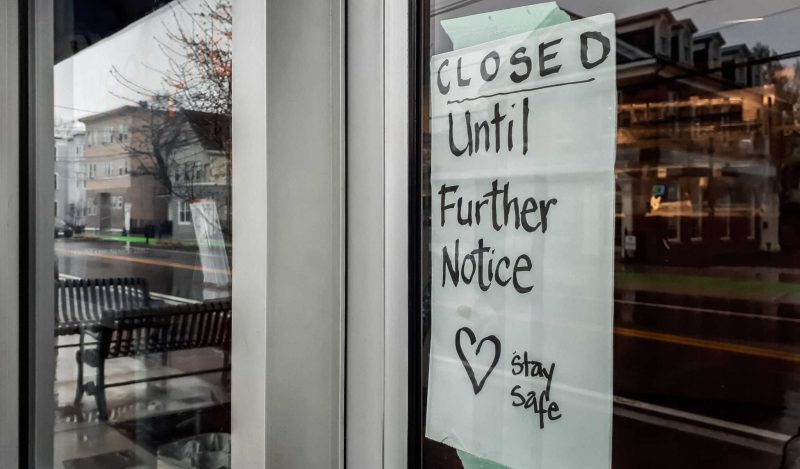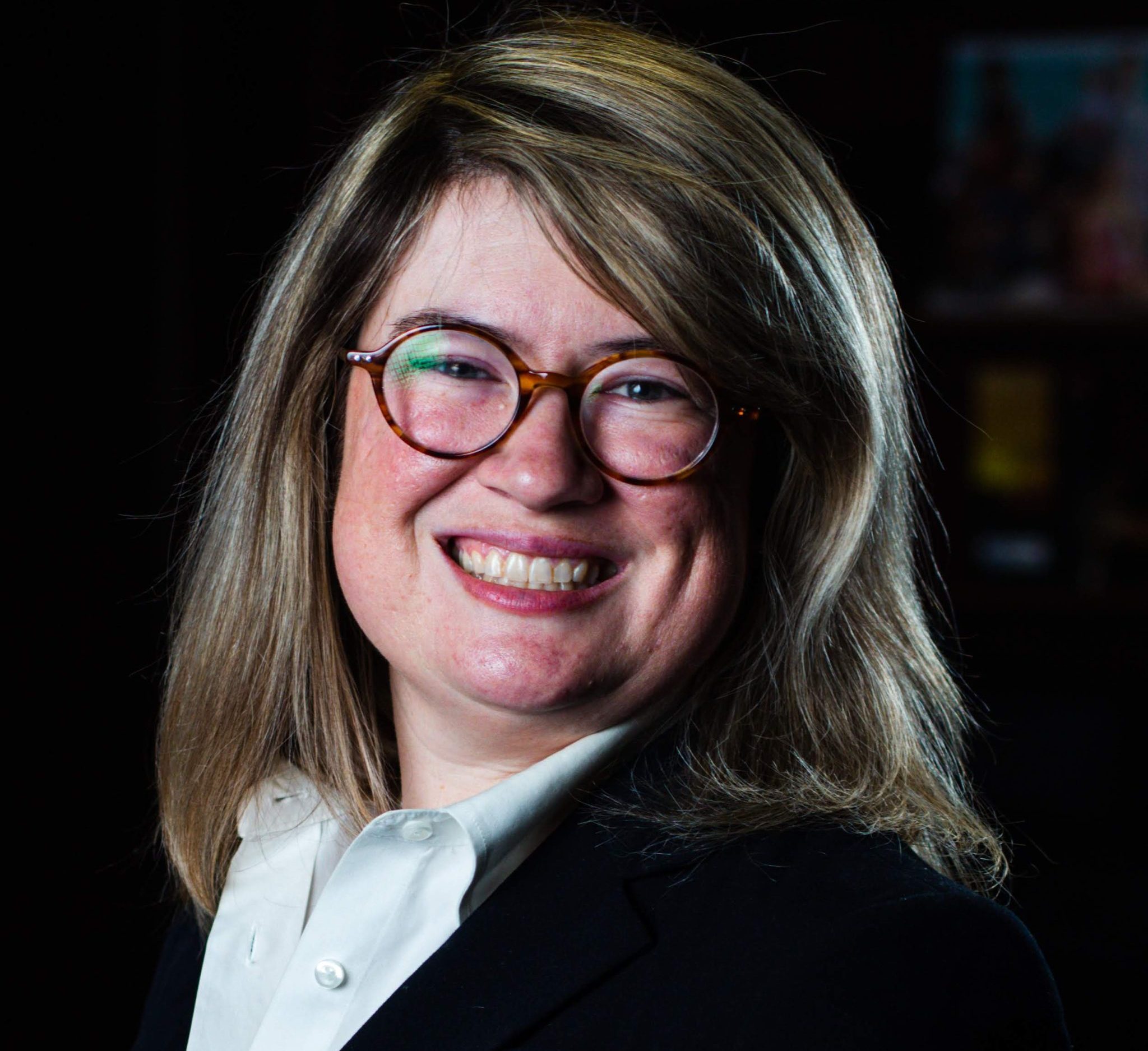When whispers of Covid started to dominate the headlines, the first thing I thought of was Love Canal.
At the time, nobody really knew how dangerous Covid was or wasn’t. Scientists knew that it was a coronavirus, and that it had some similarities to SARS, but beyond that, information was limited. People were soon asked to stay at home for two weeks to “stop the spread” and “flatten the curve”, but beyond that, little information was available to the public. Nobody knew much about how it was spread, or what the risk profiles really looked like for different groups of people. All anybody knew was the Covid was definitely killing some people. And, as such, activists of various stripes started shouting from the rooftops that people weren’t taking this seriously enough, and that more needed to be done.
That was when the alarm bells started ringing in my head.
I was worried about Covid.
Most people were worried about Covid.
It made sense to worry about Covid, just like it makes sense to worry about landfills leaching chemicals into the soil and groundwater.
But also, I’d held the rehearsal dinner for my first wedding on a former Superfund site.
Just a few years earlier, I had invited the people I loved and cared most about in this world to come eat catfish and fried chicken atop a parcel of land the federal government had once declared too toxic for human habitation.
This wasn’t a particularly bold choice, either: I lived five minutes down the road. A college and an airport were within walking distance of the site. I knew scientists who spent every day there; the site visible from their office windows.
I knew that the anecdotal rates of cancer in town were higher than I would have liked, but I also knew that my neighbors hadn’t all sprouted three heads. That the risks from the contamination were very real, but that statistically, the stretch of highway of connecting my house and workplace had claimed far more lives than any environmental contamination in the area ever had—that if every single suspicious cancer in the region could have been definitively tied to that one Superfund site, it still would have paled in comparison to all of the people who zoned out along that same monotonous stretch of road just long enough to drive under a semi.
Even without considering the negative externalities of long commutes, this stretch of road claimed more delta lives than any environmental contaminant. With light traffic, open access from side roads, and nothing to see in any direction, highway hypnosis posed an unavoidable danger.
Similarly, with Covid, I knew that people in Italy and China were definitely dying.
I also knew that within a week of people shouting to “stop the spread”, old friends and classmates were losing their jobs. I saw that the company my dad had retired from after more than 40 years of service was laying people off left and right; first part-time employees, and then managers who had spent decades building their careers there.
The ‘08 recession wasn’t far from my mind, either. During a period that was free from any newsworthy viruses, I had still learned to keep a wrinkle-free black dress in the back of my car anytime I traveled.
It was my funeral dress, and deaths of despair had become enough of a fixture of daily life that being prepared for funerals felt a bit like being prepared for rain.
No supervirus or environmental toxin had been necessary to kill off leagues of stockbrokers and small business owners; high school kids and parents. The social and economic disruption alone had cut an untold number of lives short.
I feared that the missteps of Love Canal would be echoed; nothing about human nature having changed in the decades since.
And, in the nearly three years since Covid began, too many of these fears have come to fruition.
The entire world has now had a taste of the Love Canal experience.
Schools and businesses were shuttered. Livelihoods were lost. The threads that make up a happy, healthy life were torn apart; book clubs and happy hours and birthday parties all abandoned in favor of sanitizing groceries and worrying about how to stop an invisible killer.
Worried mothers once again took to the streets with their children; masked preschoolers holding up signs about how they (or their parents) worried that death was imminent. Mental health services took a backseat. Preventative screenings at the doctor’s office took a backseat. Around the world, an invisible threat took salience over the thousand known threats.
Those still concerned about such mundane issues as traffic accidents, suicides or breast cancer were labeled as selfish conspiracy theorists; trying to undermine public health so that they could get back to partying at the expense of the sick and vulnerable. The news cycle once again focused in on the most compelling tragedies caused by Covid itself.
Stories of children orphaned by the virus, young athletes lying in hospital beds hooked to ventilators, and vibrant lives cut short or forever changed by a respiratory infection dominated the headlines, with little attention paid to the lives lost in more ordinary ways.
Deaths from Covid itself were treated as the ultimate tragedy, and symbols of a societal failure. Deaths from everything else were treated as a distraction.
Today, child literacy rates are at a historic low. Rates of mental illness in children are so high that I see flyers in shop windows, trying to recruit families for studies about suicidality in children aged 4-7. The backlog for mental health services is immense, and families in the throes of crisis are being told that they’ll have to join a six month waitlist in order to see anybody.
The Little Free Libraries in neighborhoods across the country are now being stocked with Narcan in an effort to combat the overdose deaths ripping through communities. Cancer deaths are on the rise as cancers that would have been caught quickly back in 2019 were instead given time to grow and spread. Even though Americans averaged fewer miles on the road during the height of pandemic restrictions, traffic fatalities shot up. Violence increased in formerly quiet towns. Those (rightly or wrongly) charged with such crimes were never given the opportunity to meet in person with their lawyers, and instead found themselves sentenced to a life in prison over Zoom conferences; their sentences handed down by judges sitting in bed wearing pajamas.
Rates of child abuse increased. Rates of domestic violence increased. Families found themselves estranged over disagreements about social distancing, masks, and vaccines. Safety nets shrank just as the normal release valves for family tension were blocked; schools, workplaces, and churches that once provided an outlet for unhappy families no longer there to help keep situations tenable.
Beyond the starkest tragedies, beyond the most salient victims, the cohort-wide effects in young adults are troubling: During a period of life where growth and forward movement are vital to future success, adults under 30 showed marked increases in neuroticism, and marked decreases in openness, conscientiousness, and agreeableness.
Personality is never static, and changes over the course of one’s life are to be expected. However, two things in particular stick out: (1) Accounting for the normal degree of change, participants experienced more than a decade of personality transformation in less than two years, and (2) the personality changes that occurred moved the needle in the wrong direction with regards to normative development.
Between the ages of 18 and 30, conscientiousness is supposed to increase. People are supposed to become more agreeable, and less neurotic. This is all part of the healthy maturation process, and such changes are vital to becoming an engaged, productive member of society.
Moreover, those who reach social maturity earliest are shown to be more successful at work, to have the more effective of relationships, and to live longer, healthier lives than those who are slower to mature.
To think of normal human development as a marathon, this age group was standing at the starting line of adulthood when 2020 began. However, instead of jogging forward at a steady pace once the gun went off, as racers typically do, adults aged 18-30 were sent sprinting backwards.
The long-term implications of this are yet to be seen, but there’s clear reason for concern.
Much like Love Canal, none of this is to say that Covid wasn’t real, or that it didn’t claim too many innocent lives.
Nobody in their right mind would claim that the Love Canal landfill was an acceptable place to build schools and houses, or that children benefited from making mud pies in pools of Dioxin.
Similarly, nobody would say that Covid never posed a threat, or that those caring for elderly parents and the severely immunocompromised never had anything at all to worry about, even in the earliest days of the pandemic.
Of course the threat of Covid was real, just as of course the threat from underground barrels of toxic waste was real.
People died.
Many of them were already on death’s doorstep, but many others weren’t.
A lot of people who easily would have had another ten or fifteen years left never got to see their grandkids grow up. People who had some major risk factors but were otherwise in decent shape ended up hooked to ventilators, fighting for their lives. Young, formerly healthy people saw their futures forever changed because of the virus triggering autoimmune disorders.
Moreover, some of the Covid deaths that could have been prevented weren’t.
As the picture regarding risk factors did become clearer, governments and the media became ever more focused on the exceptional cases: More and more resources went to preventing 1 in 10,000,000 outcomes, and fewer resources went to making sure that those most vulnerable had the tools to protect themselves.
Young, fit, affluent professionals holed up in their hermetically sealed homes, patting themselves on the back for being so responsible, while their poorer and sicker neighbors took jobs with Instacart just to make ends meet.
Instead of marathon runners picking up groceries for the elderly, and businesses working to make sure that protections were available for the most medically fragile employees, 68 year old substitute teachers with a litany of health problems were expected to fill in for healthy but neurotic 25 year olds who had the benefit of not needing to work. Low-income cancer patients kept battling through chemo to work the cash registers at Walmart, while people with zero risk factors attended all of their meetings via Zoom.
Those at the highest risk from Covid were given a piece of cloth to wear over their faces, while those at very little risk from the virus itself saw their future prospects decimated because of overly broad restrictions. Both groups were told that $.05 masks were the difference between life and death, despite a lack of scientific consensus at any juncture. Both groups were told that questioning any of this was tantamount to terrorism; that embracing one-size-fits-none restrictions held the only path forward.
All of the while, the media and public health experts kept focusing in on the outliers, worrying more about the <.5% of global Covid deaths occurring in persons under the age of 25, rather than the more statistically probable concerns.
Throughout the world, a myopia took hold. Both with regards to the risks posed by Covid itself, and to the risks associated with the various restrictions and interventions.
Instead of looking at the broader picture of life and death—of the way that 1,000,000 small things hold a life together, and that 1,000,000 more things can bring it to a terrible end—the focus was narrowed. Eradicating one risk—a risk that had already taken too much of a foothold to be eradicated—became the only goal. And in doing so, too little attention was paid to the 999,999 other risks.
Ultimately, too many additional lives were lost. Too many additional lives were forever changed.
The mistakes of Love Canal were indeed repeated.
Published under a Creative Commons Attribution 4.0 International License
For reprints, please set the canonical link back to the original Brownstone Institute Article and Author.









